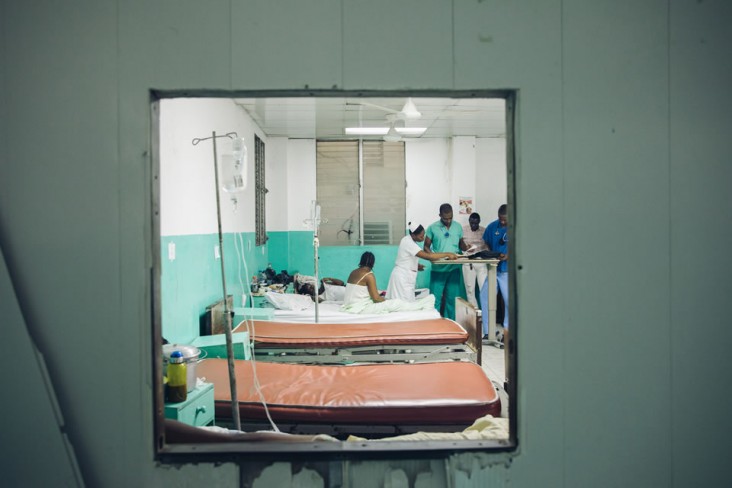- What We Do
- Agriculture and Food Security
- Democracy, Human Rights and Governance
- Economic Growth and Trade
- Education
- Environment and Global Climate Change
- Gender Equality and Women's Empowerment
- Global Health
- Humanitarian Assistance
- Transformation at USAID
- Water and Sanitation
- Working in Crises and Conflict
- U.S. Global Development Lab
Speeches Shim

Resilience is a topic that affects all of us as individuals, communities, and citizens of countries and the world. USAID defines health system resilience as the ability of a health system to mitigate, adapt to and recover from shocks and stresses. A resilient health system can ensure the continuity of existing health care and has the capacity to scale up or adapt services to address the shock and stresses.
The Agency creates resilient health systems by working to ensure health systems have the ability to adapt to changing circumstances and needs on a regular basis so that this ability can be employed during unforeseen shocks such as civil unrest, political instability, pandemic disease or famine. Having the capacity to detect, monitor and respond to the population’s health needs before, during and after a shock will help ensure existing health care are maintained in the event of a shock.
Even as we work to create strong health systems, often shocks are so large (natural disasters), so complex (political instability), or so late to be discovered (major epidemics) that health systems are overwhelmed and unable to fulfill their key functions. Health needs rise rapidly as many need life-saving services and provision of this crucial care are needed at speed and scale and with an eye for the most vulnerable populations, including women and children.
Building resilient health systems ensures that there is plan within the health sector to address these issues as part of emergency primary care, and thereby protect vulnerable populations during an emergency. By making sure that continuity of care is guaranteed in times of crisis, and that there are systems in place for addressing new needs that may result from an emergency such as increased sexual assault or an increase of children separated from their families, individuals and communities feel less vulnerable and have more confidence in the system and the services it delivers.
During times of instability, a resilient health system should be able to:
- identify where help is needed most by detecting changes in population-level health status through sentinel and other health information systems
- distribute commodities to areas in need through alternate or redundant supply chain systems (if standard systems are not functioning)
- redeploy human and financial resources as needed based on pre-developed protocols
- leverage relationships and partnerships with a broad range of actors in the public and private sectors to work together to identify and fill needed gaps
- work across government sectors to share information across ministries with an emphasis on engagement with community leaders.
We partner with countries and international organizations to identify ways to reinforce health systems and protect vulnerable populations in advance of possible crises, as well as in the aftermath of health system shocks to identify and correct for the system weaknesses magnified by crises. Investments in resilience not only improve and maintain positive health outcomes, they also minimize the need for future humanitarian and emergency assistance.
Learn more about our work in promoting resilient health systems:

Comment
Make a general inquiry or suggest an improvement.